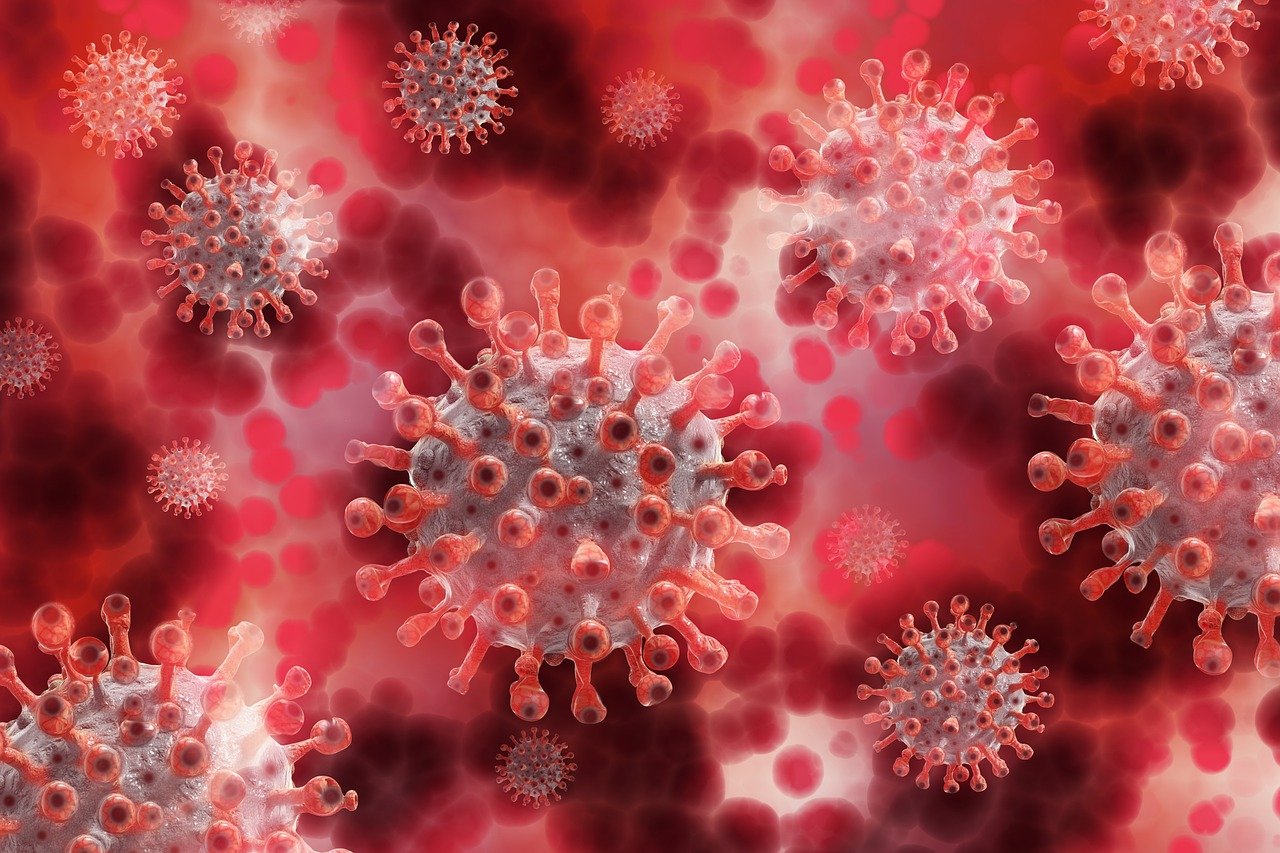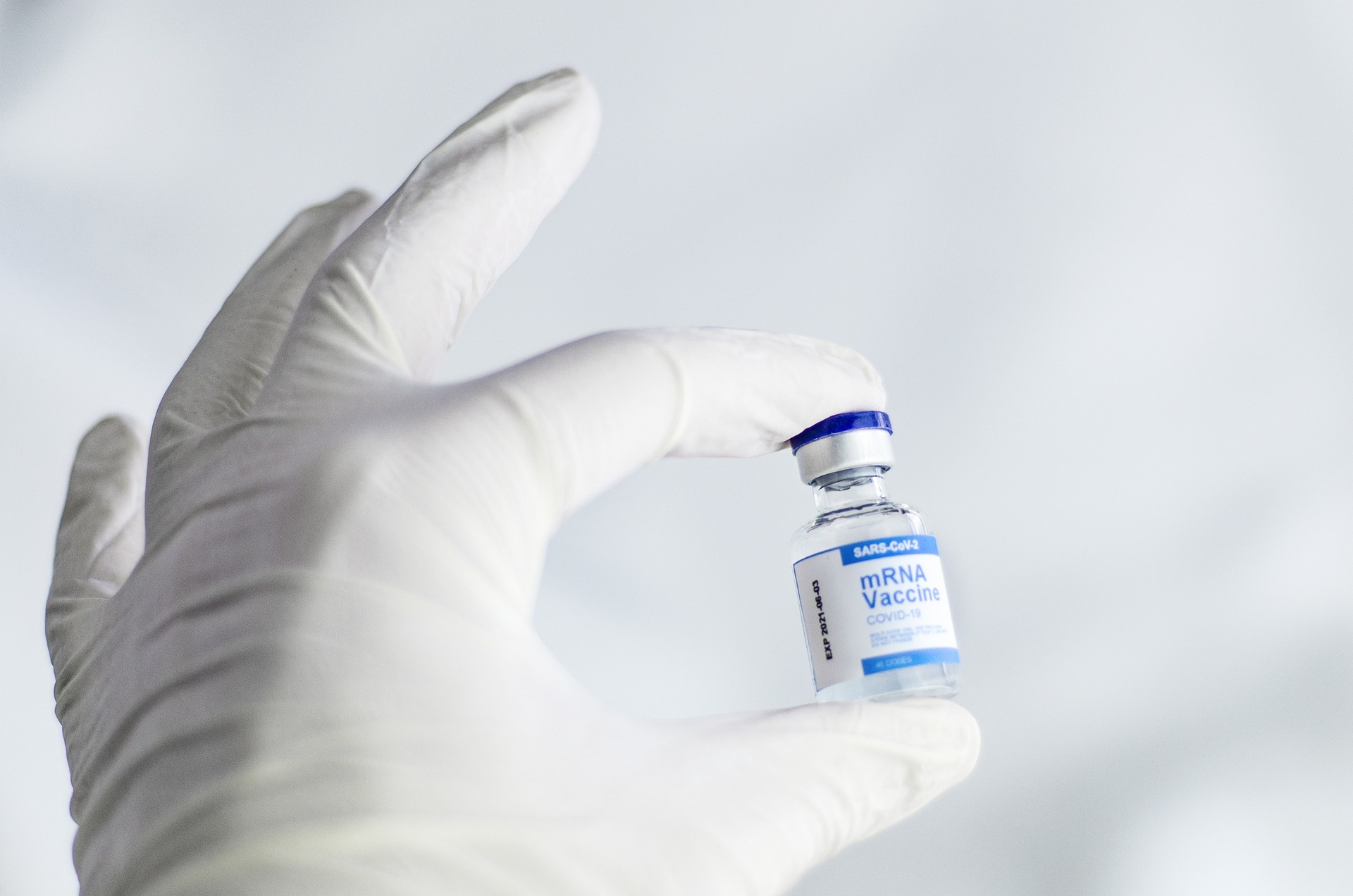
The latest study supports the widely accepted scientific view that SARS-CoV-2 originates from nature.Continue reading

Research from the Hungarian Academy of Sciences has shown that air pollution levels fell during the restrictions imposed because of the COVID pandemic, while nitrogen oxide levels rebounded after the closures were lifted.
The pandemic caused by the new type of coronavirus has led to extraordinary health and economic damage between the end of 2019 and 2021, writes Világgazdaság. In the first wave, governments tried to contain the spread of the virus by introducing quarantine measures and strict travel restrictions.
This was accompanied by a reduction in some human-induced environmental pollution, including an improvement in air quality.
Among the main programs of this year’s Day of Hungarian Science, a symposium entitled “Research on Post-COVID Phenomena” will be held on November 26, where experts will present the results of research supported by the Hungarian Academy of Sciences.
György Varga, Senior Research Fellow at the HUN-REN Research Center for Astronomy and Earth Sciences, said that
their large-scale research is the first to analyze the 27 EU Member States at national, regional and metropolitan levels, mainly by examining the change in nitrogen dioxide levels between 2019 and 2021, comparing measurements with detailed satellite and global natural and socio-geographical databases.
Asia was a more difficult case, as the eastern continent is much larger and geographically so diverse that natural and socio-geographical differences can only be observed on a larger scale. As in Europe, detailed social data was not available.
Part of the nitrogen oxides come from domestic heating and mainly from car use, thus the quarantine measures taken in response to the pandemic, mostly aimed at reducing mobility and staying at home, were reflected in the nitrogen oxides data, which are very well linked to human activity. After systematically processing the available data, the researchers found that on a national scale, nitrogen dioxide levels in the European Union
The cause and direction of these changes is clear, but the magnitude varied considerably between geographical areas.
Whereas in Asia, only large regions, such as the Indonesian archipelago, have been relatively well delineated; in Europe, regions have been well defined at country level, where the first and most stringent measures have been taken. The emission data for nitrogen oxides also showed the levels at which these restrictions were maintained and how they changed. The general trend was the same everywhere:
However, when looking at the stringency of the measures, no correlation was found to show the extent to which emission reductions in each region were actually related to stringency. There have been completely opposite trends in the figures:
in some regions, nitrogen oxide emissions did not fall drastically despite strict restrictions, while in others they fell more sharply under less stringent restrictions.
Therefore, objective measures of the stringency of the measures did not show a strong correlation with the rate of change in emissions. To resolve this apparent discrepancy, a much more detailed study, including meteorological analysis, would be needed in the future, as comparisons need to be made over short periods of time that can be influenced by a number of meteorological factors.
Via Világgazdaság; Featured image via Pixabay